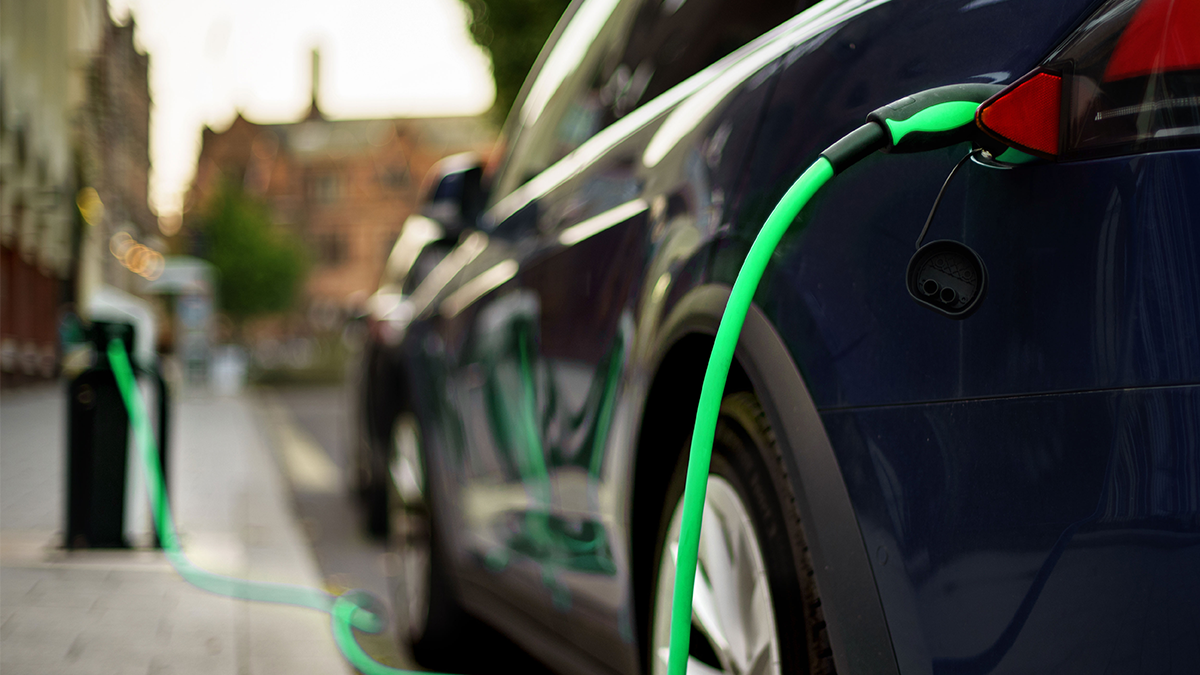Investment in EV charging infrastructure is ramping up, but drivers still need more support from automakers to make the transition to electric

Globally, as many as one-third of potential EV owners do not have the ability to charge their vehicles at home and would be solely reliant on their country’s public charging network. EV automakers have a responsibility to their customers who have embraced their electric powertrains, to ensure their user experiences are positive, however, poor quality data is leaving them unable to confidently provide drivers with accurate information, and is compounding the existing public charging issues.
US drivers travel, on average, more miles annually than any other country, over 13,474 miles per year to be exact. Yet according to the U.S. Department of Energy, there are just 122,000 Level 2 and DC fast-charging connector charging ports at 48,000 locations across the country. Therefore, it is unsurprising that range anxiety caused by the poor public charging infrastructure is a major barrier for full EV adoption in the US and many other countries.
The Biden administration’s plans to accelerate the adoption of EVs include growing the existing charging infrastructure, with a goal of 500,000 chargers nationwide by 2030. This will triple the number of charging stations currently available, including long-distance-oriented ‘ultra-fast’ EV chargers along highway corridors, and multiple public charging options within communities. Automakers, such as Tesla, and EV networks such as Electrify America, have ambitious plans to install more public fast-charging stations. However, EU countries are already way ahead when it comes to adopting e-mobility, with a steady increase in EV sales every year, and over 2m passenger plug-in EVs being registered in Europe in 2021.
European drivers without at-home chargers do however face similar challenges regarding a limited public fast-charging infrastructure. There are currently around 224,237 EV charging stations across Europe, with 70% of these located in just three counties - the Netherlands with 66,665, France with 45,751 and Germany with 44,538 chargers. Only 1 in 9 (25,000) of these are fast charging, and together, these countries make up just 23% of the EU’s total surface area. A further 10 European countries have less than one EV charging station for every 60 miles (100km) of driving roads.
The European Union aims to install 1.3 million public chargers by 2025, and close to 3 million by 2030 to help ease charging pressures and to decrease CO2 emissions, yet, according to ACEA, at least 6 million are needed to achieve the EU’s goal of cutting 50% CO2 emissions by 2030.
Data Quality
Due to the limited quantity and uneven distribution of available chargers globally, reliable EV charger Point of Interest (POI) information is crucial. Knowing where their nearest available chargers are will be fundamental to EV drivers’ daily lives, and a ‘bad’ charging experience will undermine their trust in the technology. Unfortunately, the existing EV charger POI data is poor and the existing EV POI suppliers do not have the necessary processes to ensure consistently high data quality.
Parking and Charging
Parking and charging are interconnected experiences, each with their own plethora of technologies and applications designed to make life easier for drivers. A typical EV with a 60kWh battery takes just over 8 hours to complete a full charge using a 7kW home charging point. Without the option of being able to charge at home, many drivers will rely on frequent ‘top-up charges’ wherever possible, and while parked is the ideal opportunity for this.
The most obvious place to house the majority of new EV chargers will be on private ground or within existing parking facilities. Designed for driver convenience, city parking facilities are centrally located close to offices, stores and services, making the best use of the time when the driver is away from a charging vehicle. As many municipalities are cash strapped and are looking to remove vehicles from inner-city areas, many new chargers will be installed in off-street parking facilities.
Parkopedia's recently launched ‘Park and Charge’ product, uses our comprehensive experience in parking and automotive to bridge the gap between the two industries for the connected drivers on the roads today.
We apply the same logic to EV charging as we do for parking. Utilising our existing successful processes, tools, and resources, such as global survey teams for accurate data verification, computer vision and data science teams covering unique dynamic predictive availability technology. We then combine this with our indoor mapping service, which will assist drivers in navigating to ‘hidden’ EV chargers inside multi-storey or underground parking facilities where GPS navigation is unavailable.
Charger Activation and Payments
The final pain point for potential EV drivers is the lack of consistency regarding charger activation and payment methods on arrival due to the highly fragmented value chain and multiple industry players.
To solve this, Parkopedia’s Park and Charge product aggregates data from leading charging providers around the world into one easy to use in-car interface, allowing for charger activation and payment regardless of provider. Deep integration in the vehicle leverages car sensors to create intuitive experiences, such as navigating a driver to a functional and available charger within range when the state of the battery charge is low.
Park and Charge addresses many of the existing public EV charging pain points and eliminates them as a barrier to EV ownership. The shift to EVs will improve associated air quality, reduce noise levels, lower congestion and improve safety for those living in urban areas - estimated to be more than two-thirds of the world’s population by 2050. By providing seamless and intuitive in-car experiences, to not only the parking industry, but also the EV industry, Parkopedia is ensuring that EV ownership and the transition involved, will be a better experience for everyone looking to embrace the electric revolution.
Adam leads Parkopedia's EV business globally, covering EV charging data, payments and partnerships for the Park and Charge product.
.png?width=1960&height=1103&name=parkopedia%20logo%20+%20arrive%20(1).png)